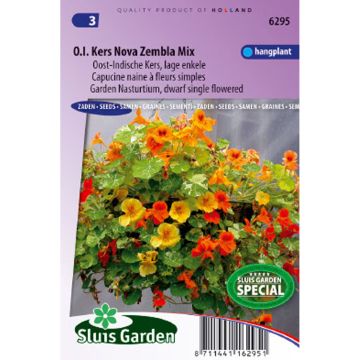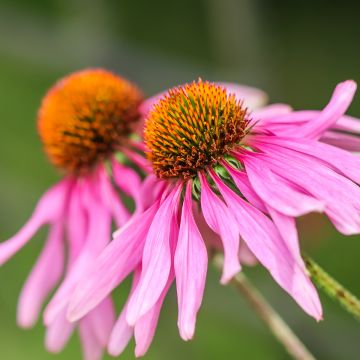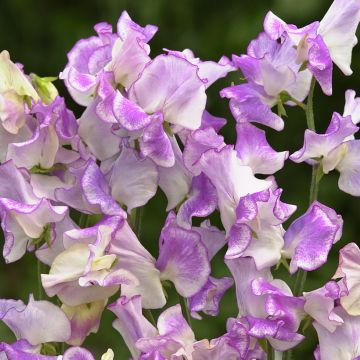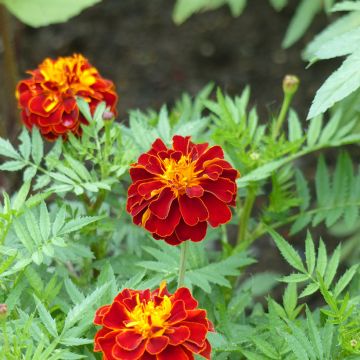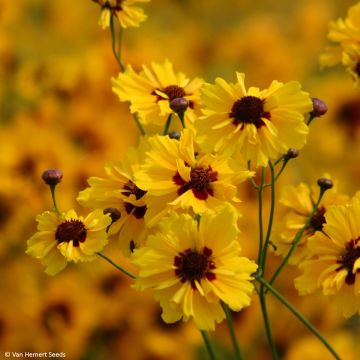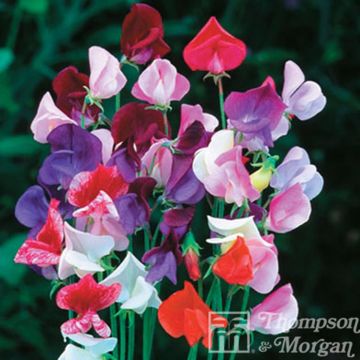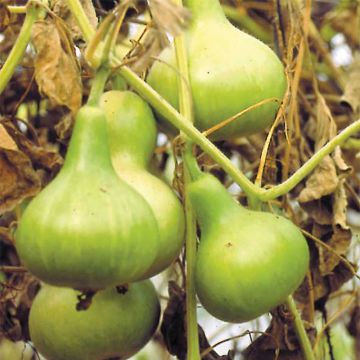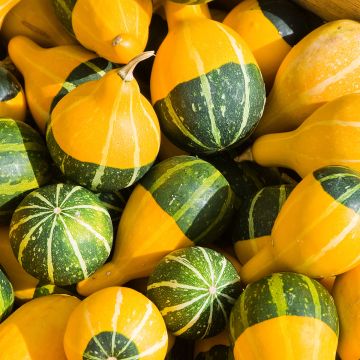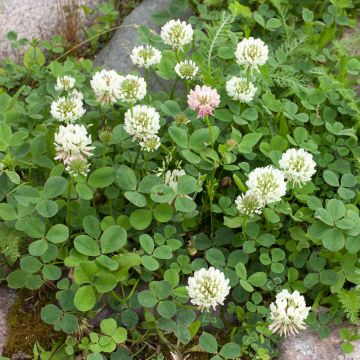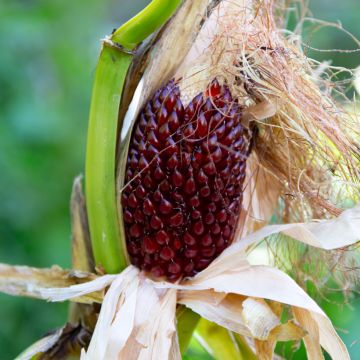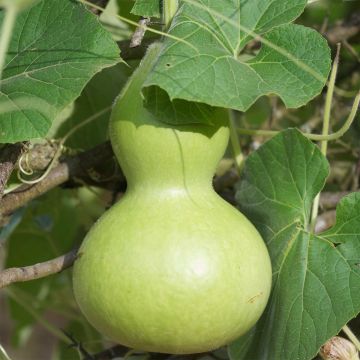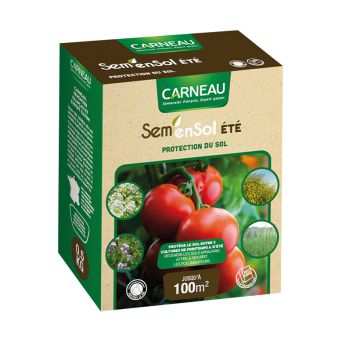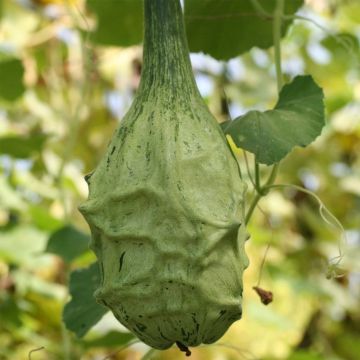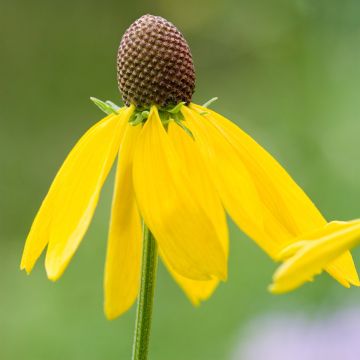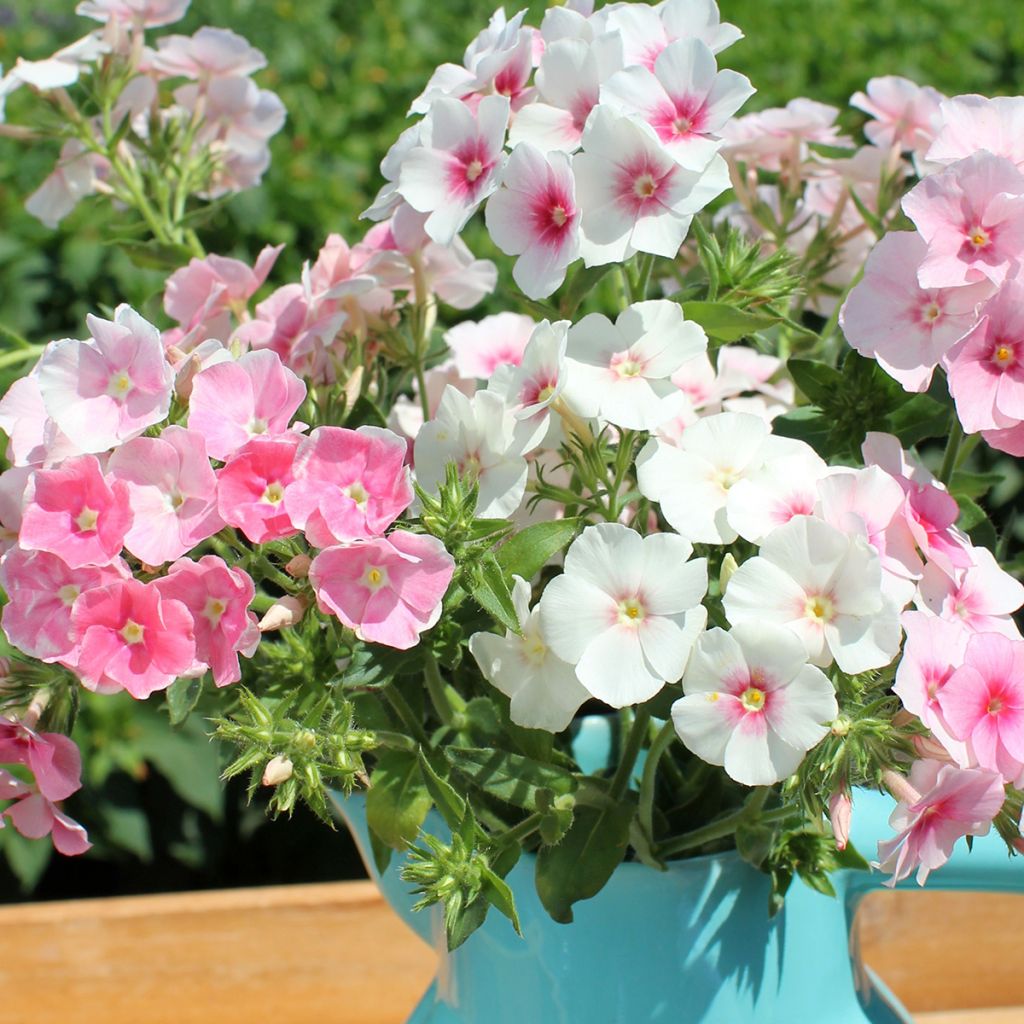

Phlox Blushing Bride - seeds
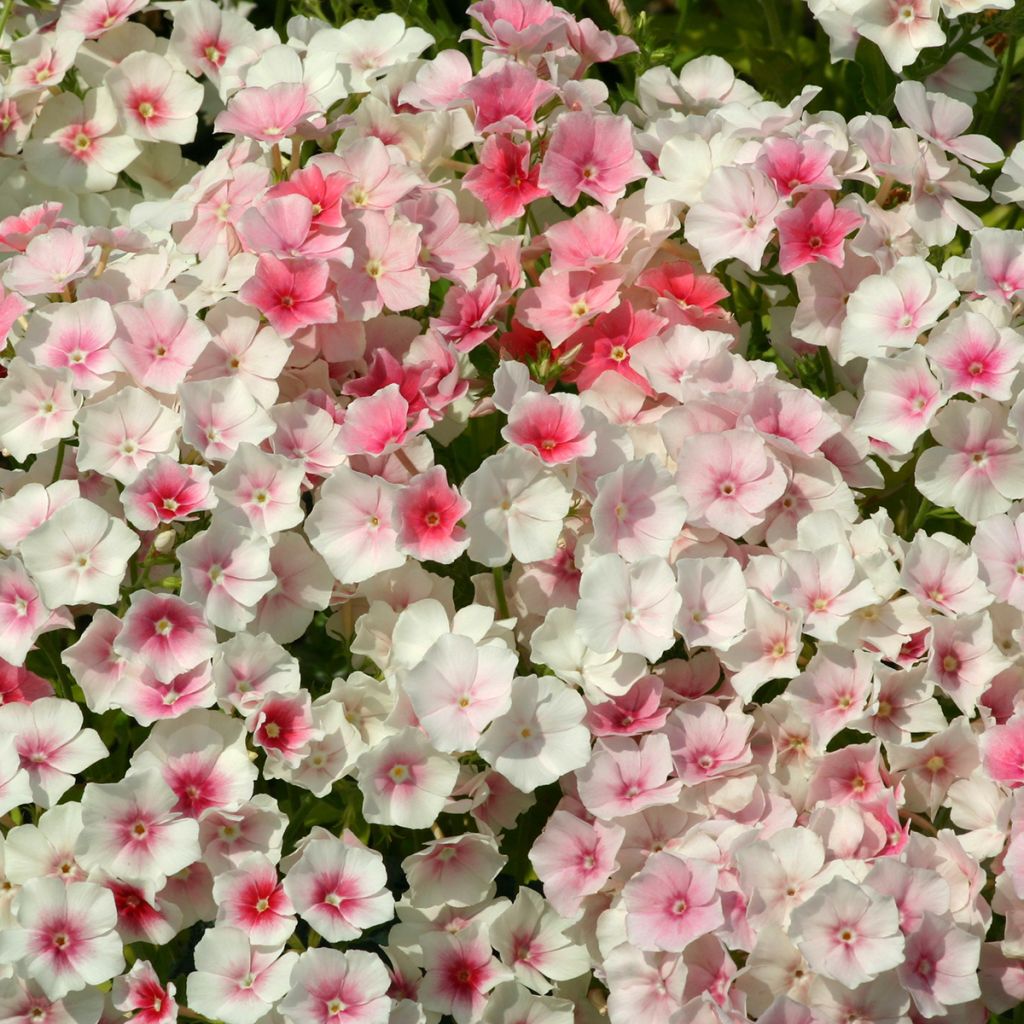

Phlox Blushing Bride - seeds
Phlox Blushing Bride - seeds
Phlox x drummondii Blushing Bride
Annual Phlox
This item cannot be shipped to the selected country
Dispatch by letter from €3.90
More information
Schedule delivery date,
and select date in basket
This plant carries a 6 months recovery warranty
More information
We guarantee the quality of our plants for a full growing cycle, and will replace at our expense any plant that fails to recover under normal climatic and planting conditions.
Seed-only orders are dispatched by sealed envelope. The delivery charge for seed-only orders is €3.90.
Does this plant fit my garden?
Set up your Plantfit profile →
Description
Phlox 'Blushing Bride' is a variety of phlox perfect for all romantics and floral compositions. The flowers change colour as they open, in shades of peachy white, pale pink and light red. This annual phlox produces a mass of flowers in dense panicles throughout the summer. Their combined scent of lilac and melon is a delight. They last up to 10 days in a vase.
This annual species of the Polemoniaceae family has given rise to numerous cultivars, varying in height. 'Blushing Bride' forms a bushy clump about 30 cm (12in) in all directions. Its green leaves are lanceolate, and form a dense background for white panicles, tinged with pale pink or washed-out red. These are composed of multiple star-shaped flowers (about 2 cm (1in) in diameter) with tubular corollas ending in five lobes. Each flower has a white star in its centre surrounded by a pink circle. They are slightly fragrant and bring undeniable charm to romantic gardens. The flowers give way to small dark seeds that are easily sown.
Phlox can be sown under cover or directly in the open ground and grows easily. Numerous plants are quickly obtained. They should be planted in the sun, in fertile and well-drained soil. They brighten borders and foregrounds of flower beds, as well as beautifully decorating a pot on the terrace. Butterflies adore them. 'Blushing Bride' allows for creating fabulous decorations for the home or an event. In the garden, place it in front of colourful foliage of Heucheras or Berberis 'Inspiration'. Dark purple foliage also has a beautiful effect, such as that of Physocarpus, for example.
Report an error about the product description
Flowering
Foliage
Plant habit
Botanical data
Phlox
x drummondii
Blushing Bride
Polemoniaceae
Annual Phlox
Cultivar or hybrid
Other Flower seeds A to Z
Planting and care
Phlox 'Blushing Bride' seeds are best sown indoors in a seed tray from March. If your climate is mild, you can even start in February, as the seeds can germinate as soon as the temperatures are between 13 and 15°C (55.4 and 59°F).
Just cover the seeds with a thin layer of compost (1 to 2 mm (0in)) that you will keep slightly moist, and place in the sun (essential for germination). They will germinate between 10 and 21 days. When the seedlings are large enough to be handled, and the frost period is over, you can plant them. Choose well-drained soil, if possible rich and in the sun.
The plants do not always tolerate transplanting very well, so you can sow them directly in place. Sow after loosening the soil surface. Place one seed every 10/15 cm (4/6in).
Cultivation:
Phlox prefers light, fertile, moist, but well-drained soil and a sunny exposure. They are sensitive to powdery mildew, to prevent this make sure not to water the foliage, but only the base of the plant. Protect young plants from slug attacks.
Sowing period
Intended location
This item has not been reviewed yet - be the first to leave a review about it.
Flower seeds
Haven't found what you were looking for?
Hardiness is the lowest winter temperature a plant can endure without suffering serious damage or even dying. However, hardiness is affected by location (a sheltered area, such as a patio), protection (winter cover) and soil type (hardiness is improved by well-drained soil).

Photo Sharing Terms & Conditions
In order to encourage gardeners to interact and share their experiences, Promesse de fleurs offers various media enabling content to be uploaded onto its Site - in particular via the ‘Photo sharing’ module.
The User agrees to refrain from:
- Posting any content that is illegal, prejudicial, insulting, racist, inciteful to hatred, revisionist, contrary to public decency, that infringes on privacy or on the privacy rights of third parties, in particular the publicity rights of persons and goods, intellectual property rights, or the right to privacy.
- Submitting content on behalf of a third party;
- Impersonate the identity of a third party and/or publish any personal information about a third party;
In general, the User undertakes to refrain from any unethical behaviour.
All Content (in particular text, comments, files, images, photos, videos, creative works, etc.), which may be subject to property or intellectual property rights, image or other private rights, shall remain the property of the User, subject to the limited rights granted by the terms of the licence granted by Promesse de fleurs as stated below. Users are at liberty to publish or not to publish such Content on the Site, notably via the ‘Photo Sharing’ facility, and accept that this Content shall be made public and freely accessible, notably on the Internet.
Users further acknowledge, undertake to have ,and guarantee that they hold all necessary rights and permissions to publish such material on the Site, in particular with regard to the legislation in force pertaining to any privacy, property, intellectual property, image, or contractual rights, or rights of any other nature. By publishing such Content on the Site, Users acknowledge accepting full liability as publishers of the Content within the meaning of the law, and grant Promesse de fleurs, free of charge, an inclusive, worldwide licence for the said Content for the entire duration of its publication, including all reproduction, representation, up/downloading, displaying, performing, transmission, and storage rights.
Users also grant permission for their name to be linked to the Content and accept that this link may not always be made available.
By engaging in posting material, Users consent to their Content becoming automatically accessible on the Internet, in particular on other sites and/or blogs and/or web pages of the Promesse de fleurs site, including in particular social pages and the Promesse de fleurs catalogue.
Users may secure the removal of entrusted content free of charge by issuing a simple request via our contact form.
The flowering period indicated on our website applies to countries and regions located in USDA zone 8 (France, the United Kingdom, Ireland, the Netherlands, etc.)
It will vary according to where you live:
- In zones 9 to 10 (Italy, Spain, Greece, etc.), flowering will occur about 2 to 4 weeks earlier.
- In zones 6 to 7 (Germany, Poland, Slovenia, and lower mountainous regions), flowering will be delayed by 2 to 3 weeks.
- In zone 5 (Central Europe, Scandinavia), blooming will be delayed by 3 to 5 weeks.
In temperate climates, pruning of spring-flowering shrubs (forsythia, spireas, etc.) should be done just after flowering.
Pruning of summer-flowering shrubs (Indian Lilac, Perovskia, etc.) can be done in winter or spring.
In cold regions as well as with frost-sensitive plants, avoid pruning too early when severe frosts may still occur.
The planting period indicated on our website applies to countries and regions located in USDA zone 8 (France, United Kingdom, Ireland, Netherlands).
It will vary according to where you live:
- In Mediterranean zones (Marseille, Madrid, Milan, etc.), autumn and winter are the best planting periods.
- In continental zones (Strasbourg, Munich, Vienna, etc.), delay planting by 2 to 3 weeks in spring and bring it forward by 2 to 4 weeks in autumn.
- In mountainous regions (the Alps, Pyrenees, Carpathians, etc.), it is best to plant in late spring (May-June) or late summer (August-September).
The harvesting period indicated on our website applies to countries and regions in USDA zone 8 (France, England, Ireland, the Netherlands).
In colder areas (Scandinavia, Poland, Austria...) fruit and vegetable harvests are likely to be delayed by 3-4 weeks.
In warmer areas (Italy, Spain, Greece, etc.), harvesting will probably take place earlier, depending on weather conditions.
The sowing periods indicated on our website apply to countries and regions within USDA Zone 8 (France, UK, Ireland, Netherlands).
In colder areas (Scandinavia, Poland, Austria...), delay any outdoor sowing by 3-4 weeks, or sow under glass.
In warmer climes (Italy, Spain, Greece, etc.), bring outdoor sowing forward by a few weeks.

































